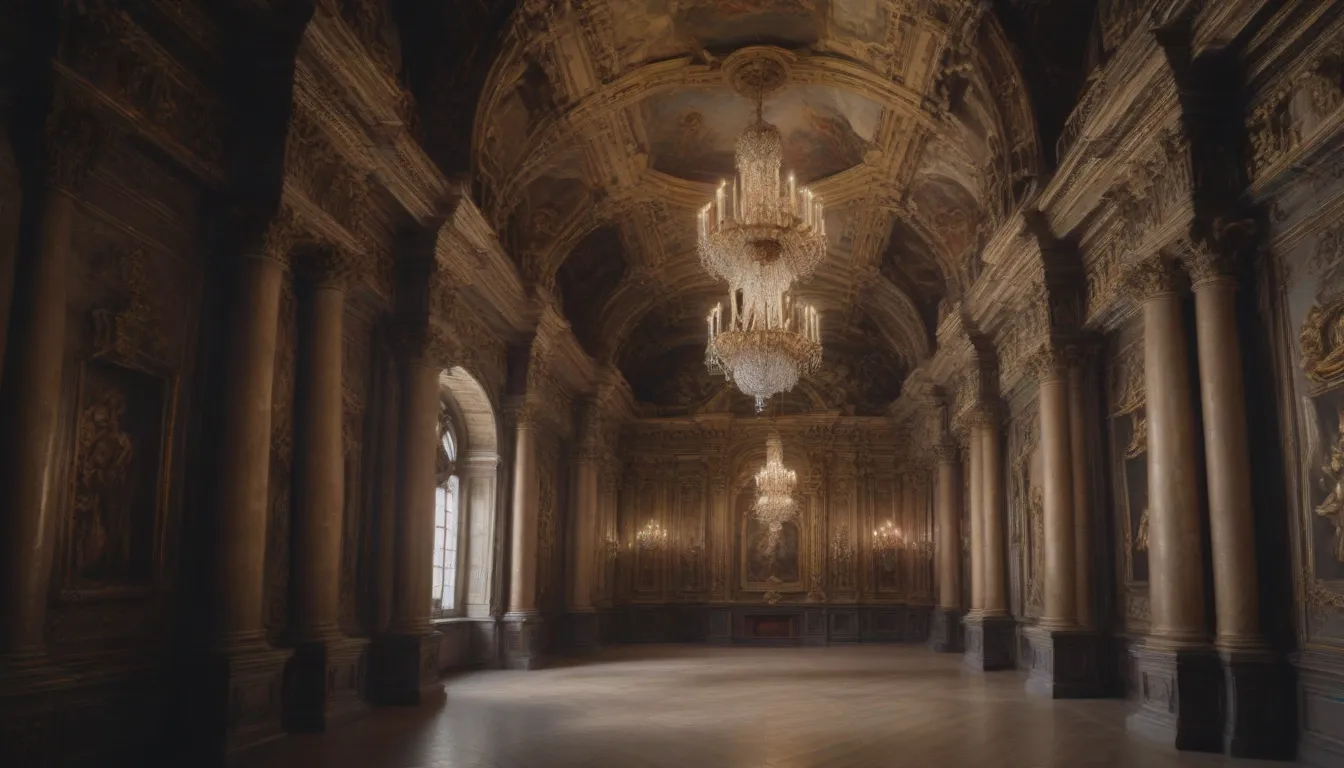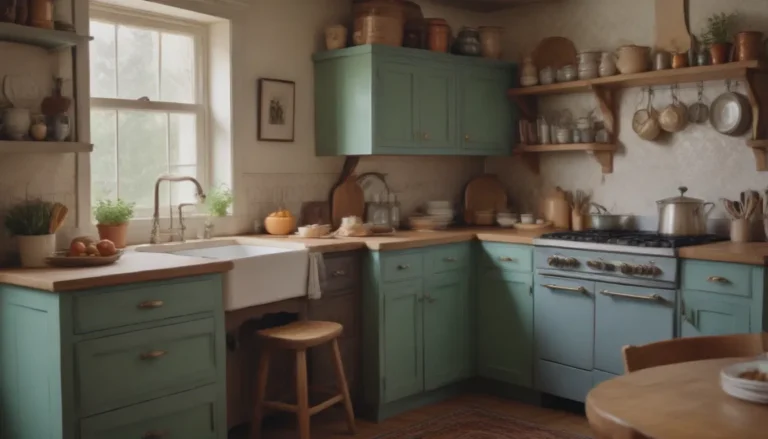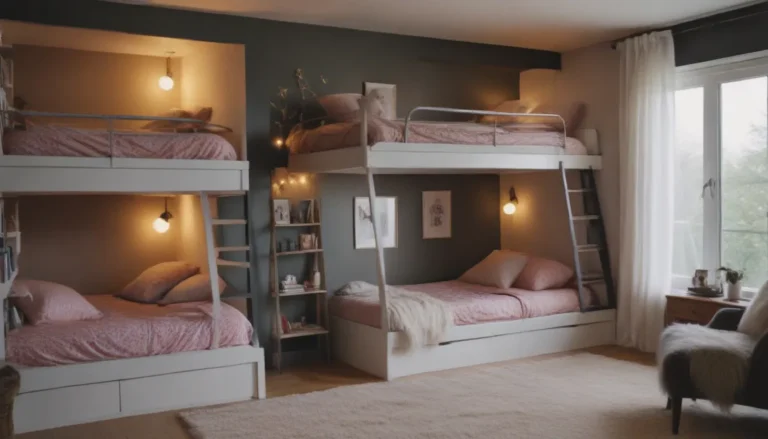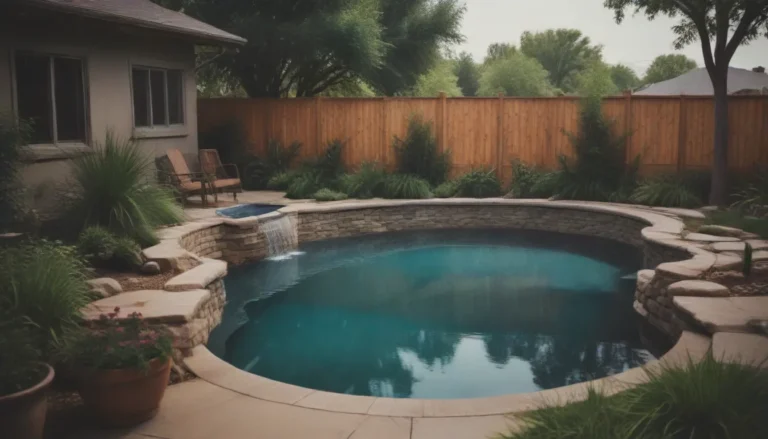Exploring Baroque Architecture: A Journey into Opulent Design

Baroque architecture is a style that captivates the eye with its theatrical flair and lavish details. Originating in Italy during the 17th century, this unique design approach quickly spread throughout Europe, leaving a lasting legacy of grandiose buildings and intricate artwork. In this in-depth guide, we will delve into the world of Baroque architecture, exploring its history, characteristics, and famous examples. Whether you are a architecture enthusiast or simply curious about this opulent style, join us on a journey through the dazzling world of Baroque design.
Unveiling the Essence of Baroque Architecture
At its core, Baroque architecture is a celebration of extravagance and exuberance. Architects of the Baroque period deliberately departed from classical norms to craft structures that are bold, flamboyant, and emotionally evocative. From the grand facades of cathedrals to the intricate details of palaces, Baroque design aims to awe and inspire viewers with its richness and complexity.
Baroque-style interior design is equally luxurious, with layers of sculptures, tapestries, crystal chandeliers, gilded walls, and intricately painted ceilings. The term “baroque” itself has evolved to encompass anything extravagant, from pearl jewelry to extreme building shapes and the excessive use of materials like gilt and gold.
Unveiling the Characteristics of Baroque Architecture
When exploring a Baroque building, keep an eye out for these distinctive features that define this opulent style:
- Large domes or cupolas: Baroque architecture often features grand domes or cupolas that rise majestically above the building, creating a sense of grandeur.
- Elaborate motifs and decorations: Intricate details and decorative elements adorn every surface, from intricate moldings to ornate carvings.
- Gilded sculpture on the interior and exterior: Gilding, or the application of gold leaf, is a common feature in Baroque interiors and exteriors, adding a touch of luxury.
- Attention-grabbing features: Baroque buildings are designed to command attention, with bold forms, dramatic entrances, and striking visual elements.
- Double-sloped mansard roof: This distinct roof design, with two slopes on all four sides, is a hallmark of Baroque architecture.
- Contrast between light and dark: Baroque design often plays with light and shadow to create a sense of drama and depth in the architectural composition.
Tracing the History of Baroque Architecture
The roots of Baroque architecture can be found in the turbulent religious and political climate of the 16th century. In response to the tensions between the Catholic Church and the Protestant Reformation, the Church sought to assert its power and prestige through grandiose architectural projects. Baroque buildings were intended to showcase the wealth and influence of the Church, serving as powerful symbols of religious authority.
As Baroque architecture spread throughout Europe and South America, it evolved to reflect regional preferences and material availability. The style reached its peak in the 17th and 18th centuries before giving way to the Neoclassical period. While Baroque architecture did not leave a significant imprint in North America, traces of its influence can be seen in churches and basilicas across the United States.
Exploring Iconic Examples of Baroque Architecture
To truly appreciate the magnificence of Baroque architecture, one must visit some of its most renowned landmarks. Here are a few notable examples that showcase the opulence and grandeur of this architectural style:
- Church of Santa Susanna in Rome, Italy: A stunning example of Baroque design, this church features elaborate decorations, gilded sculptures, and a majestic dome that soars above the city.
- Saint Peter’s Basilica in Vatican City, Italy: One of the most iconic Baroque buildings in the world, Saint Peter’s Basilica is a masterpiece of architecture and a symbol of the Catholic Church’s power.
- Palace of Versailles in France: This opulent palace, with its sprawling gardens and luxurious interiors, epitomizes the grandeur and extravagance of Baroque style.
- Royal Palace of Caserta near Naples, Italy: A UNESCO World Heritage site, this palace is a testament to the grandiose vision of Baroque architects, with its vast halls, ornate decorations, and beautifully landscaped gardens.
In each of these examples, the hallmarks of Baroque architecture are on full display, from the ornate facades to the intricate interiors that transport visitors to a world of luxury and beauty.
Embracing the Legacy of Baroque Architecture
As we conclude our exploration of Baroque architecture, it is evident that this style continues to captivate and inspire viewers with its opulence and grandeur. Whether you are wandering the streets of Rome or admiring the soaring domes of a Baroque cathedral, the beauty and richness of this architectural style are undeniable. Next time you encounter a Baroque building, take a moment to appreciate the intricate details, the dramatic forms, and the masterful craftsmanship that define this timeless and enchanting design approach.





